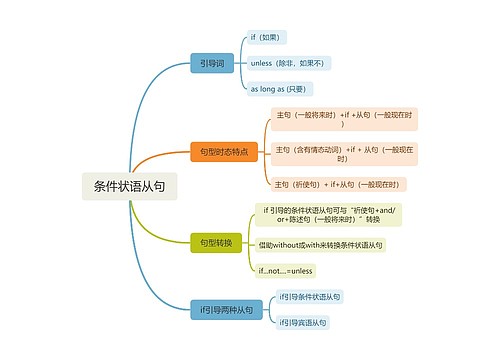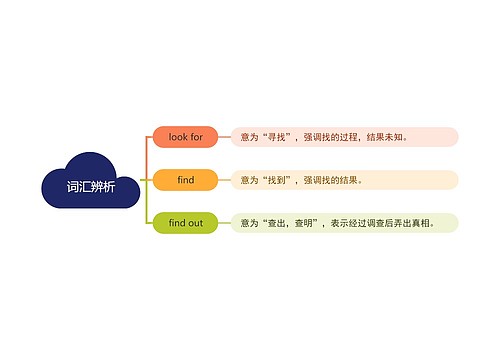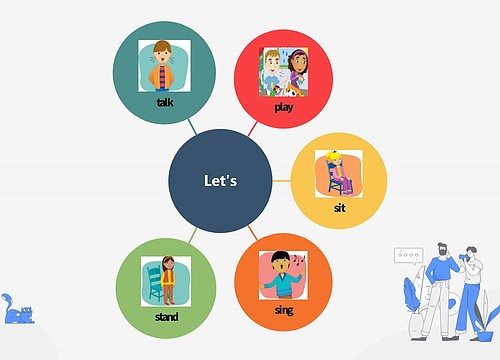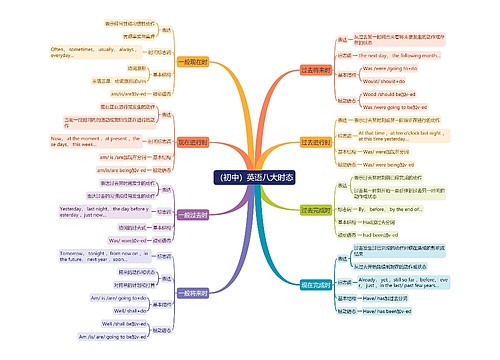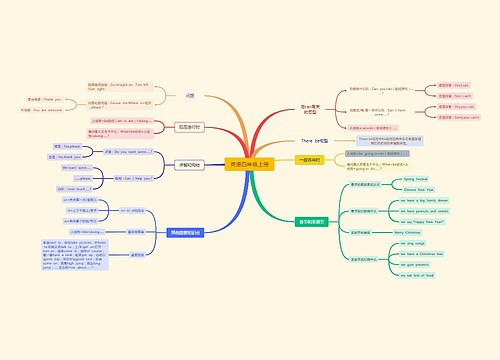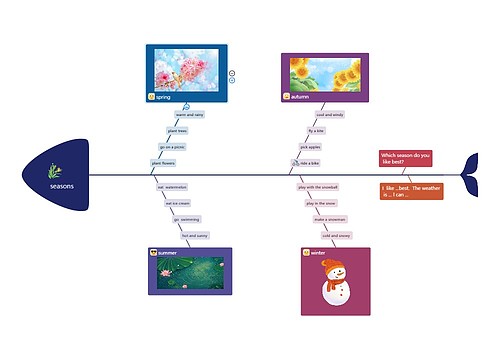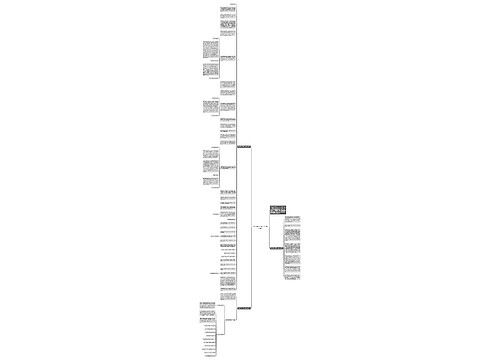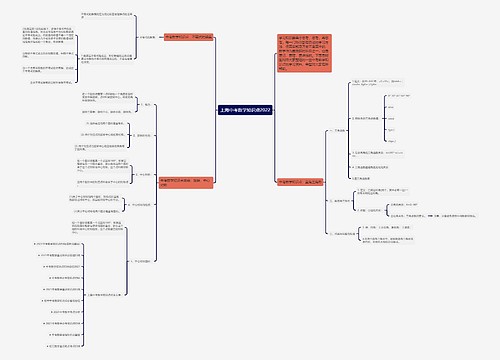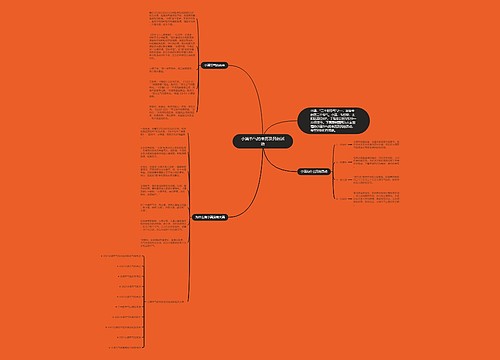
七年级英语音标教案5篇思维导图
深拥意中人
2023-04-04
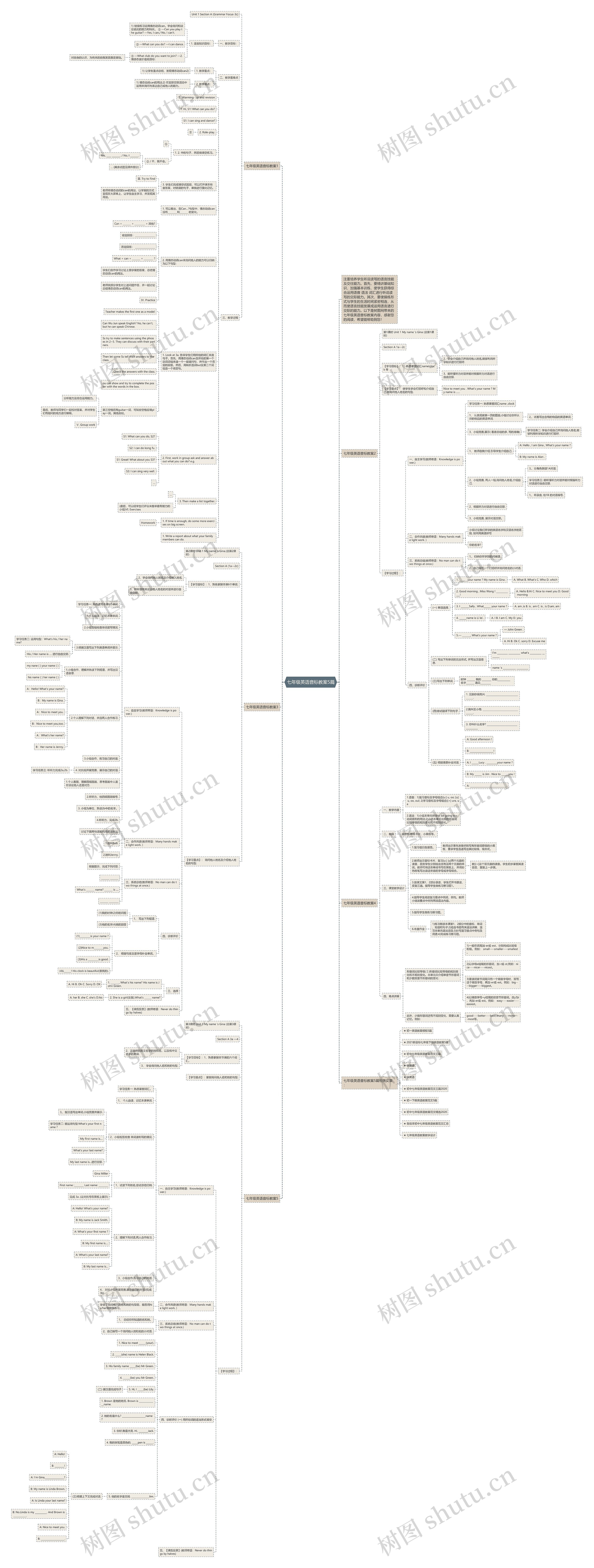
七年级英语音标教案
七年级
英语
音标
教案
注重培养学生听说读写的语言技能及交往能力。首先,要精讲基础知识,加强基本训练,使学生获得综合运用语音 语法 词汇进行听说读写的交际能力。
树图思维导图提供《七年级英语音标教案5篇》在线思维导图免费制作,点击“编辑”按钮,可对《七年级英语音标教案5篇》进行在线思维导图编辑,本思维导图属于思维导图模板主题,文件编号是:d70a2afb01326d240b32d7d83f82489b
思维导图大纲
相关思维导图模版
七年级英语音标教案5篇思维导图模板大纲
注重培养学生听说读写的语言技能及交往能力。首先,要精讲基础知识,加强基本训练,使学生获得综合运用语音 语法 词汇进行听说读写的交际能力。其次,要使操练形式与学生的生活时间紧密相连,从而使语言技能发展成运用语言进行交际的能力。以下是树图网带来的七年级英语音标教案内容,感谢您的阅读,希望能帮助到您!
七年级英语音标教案1
Unit 1 Section A (Grammar Focus-3c)
一、教学目标:
1. 语言知识目标:
1) 继续练习运用情态动词can。学会询问和谈论彼此的能力和特长。 ① —Can you play the guitar? —Yes, I can./ No, I can't.
② —What can you do? —I can dance.
③ —What club do you want to join? —2. 情感态度价值观目标:
对自身的认识,为将来的自我发展奠定基础。
二、教学重难点
1. 教学重点:
1) 让学生重点总结、发现情态动词can2)
2. 教学难点:
1) 情态动词can的用法;2) 在实际交际活动中运用来询问与表达自己或他人的能力。
三、教学过程
Ⅰ. Warming- up and revision
T: Hi, S1! What can you do?
S1: I can sing and dance?
2. Role-play.
Ⅱ
1. 2. 中的句子,然后做填空练习。
①
② / 不,我不会。
Yes, ____ _______. / No, I _______.
… (其余试题见课件部分)
3. 学生们完成填空试题后,可以打开课本检查答案,对错误的句子,单独进行强化记忆。
Ⅲ. Try to Find
老师将情态动词的can的用法,以学案的方式呈现在大屏幕上,让学生自主学习,并发现其用法。
1. 可以看出,在Can…?句型中,情态动词can没有________和_______ 的变化。
2. 用情态动词can来询问他人的能力可以归纳为以下句型:
Can + _______ + _________ + 其他?
肯定回答:_________________
否定回答: _________________
What + can + _______ + ________ ?
学生们合作学习讨论上面学案的答案,总结情态动词can的用法。
老师找部分学生对上述问题作答,并一起讨论总结情态动词can的用法。
Ⅳ. Practice
1. Look at 3a. 告诉学生们用所给的词汇来造句子。首先,用情态动词can及所给的第一个动词词组来造一个一般疑问句,并作出一个否定的回答。然后,用转折连词but及第二个词组造一个肯定句。
Teacher makes the first one as a model:
Can Wu Jun speak English? No, he can't, but he can speak Chinese.
Ss try to make sentences using the phrases in 2~5. They can discuss with their partners.
Then let some Ss tell their answers to the class.
Check the answers with the class.
ou can show and try to complete the poster with the words in the box.
第三空格后有guitar一词,可知些空格应填play一词。其他类似。
分析能力及综合运用能力。
最后,教师与同学们一起校对答案,并对学生们有疑问的地方进行解释。
Ⅴ. Group work
2. First, work in group ask and answer about what you can do? e.g.
S1: What can you do, S2?
S2: I can do kong fu.
S1: Great! What about you S3?
S3: I can sing very well.
…
3. Then make a list together.
…
(最后,可以经学生们评议来推举最有能力的小组)Ⅵ. Exercises
1. If time is enough, do some more exercises on big screen.
Homework
1. Write a report about what your family members can do.
七年级英语音标教案2
第1课时 Unit 1 My name 's Gina (总第1课时)
Section A 1a—2c
【学习目标】:1、熟悉掌握词汇name clock 等
2、学会介绍自己并询问他人姓名,能够利用所学知识进行打招呼.
3、能听懂听力对话并能对根据听力对话进行自由交际.
【学习重点】: 使学生学会打招呼和介绍自己,并询问他人姓名的句型.
Nice to meet you . What's your name ? My name is ......
【学习过程】:
一、自主学习(教师寄语:Knowledge is power.)
学习任务一: 熟悉掌握词汇name ,clock
1、 认真观察第一页的图画,小组讨论你所认识的物品的英语单词.
2,、试着写出含有的物品的英语单词.
3、小组竞赛,展示( 看谁总结的多, 写的准确)
学习任务二: 学会介绍自己并询问他人姓名,能够利用所学知识进行打招呼.
1、 教师自我介绍,引导学生介绍自己.
A: Hello , I am Gina , What's your name ?
B: My name is Alan .
2、小组竞赛, 两人一组,询问他人姓名,介绍自己.
3,、分角色朗读1A对话.
学习任务三: 能听懂听力对话并能对根据听力对话进行自由交际.
1,、听录音, 给1B 的对话编号.
2、根据听力对话进行自由交际.
3、小组竞赛, 展示对话交际。
二、合作共建(教师寄语:Many hands make light work. )
小组讨论我们所学的英语名字和汉语名字的区别, 如何用英语拼写
你的名字?
三、系统总结(教师寄语:No man can do two things at once.)
1,、归纳你所学到的问候语.
2、自己编写一个打招呼并询问姓名的小对话.
四、诊断评价
(一) 单项选择.
1. _______your name ? My name is Gina .
A. What B. What's C. Who D. which
2. Good morning , Miss Wang ! _____________!
A. Hello B.Hi C. Nice to meet you D. Good morning
3. I _______Sally , What______ your name ?
A. am ,is B. is , am C. is , is D.am, am
4. ______name is Li lei .
A. I B. I am C. My D. you
5.— _______, What's your name ?
— John Green .
A. Hi B. Ok C. sorry D. Excuse me
(二) 写出下列单词的完全形式, 并写出汉语意思.
I'm _________ __________ what's __________ ________
name 's ___________ __________
(三)写出下列单词.
时钟 _______ 我的 ________ 你的___________ 名字_______ 遇见_________
(四)尝试翻译下列句子.
1. 见到你很高兴. _________________________________.
2.我叫王小雨. ____________________________________.
3. 你叫什么名字? ____________________________________
(五) 根据情景补全对话.
A: Good afternoon !
B: ____________________!
A; I ______Lucy . _________your name ?
B: My ______ is Jim . Nice to ______you !
A: _______________________________.
七年级英语音标教案3
第2课时 Unit 1 My name 's Gina.(总第2课时)
Section A (1a—2c)
【学习目标】:1、熟练掌握本课6个单词.
2、学会询问他人姓名及介绍他人姓名.
3、能听懂有关谈论他人姓名的对话并进行自由交际.
【学习重点】: 询问他人姓名及介绍他人姓名的句型.
一、自主学习(教师寄语:Knowledge is power.)
学习任务一: 熟练读写本课6个单词.
1.个人自渎,记忆本课单词.
2.小组互相检查单词读写情况.
3.根据汉语写出下列英语单词并展示.
学习任务二: 运用句型:What's his / her name?
His / Her name is .... 进行自由交际.
1.小组合作,理解并熟读下列短语,并写出汉语意思.
my nane ( ) your name ( )
his name ( ) her name ( )
2.个人理解下列对话,并且两人合作练习.
A:Hello! What's your name?
B:My name is Gina.
A:Nice to meet you.
B:Nice to meet you,too.
A:What's her name?
B:Her name is Jenny.
3.小组合作,练习自己的对话.
4. 对抗组开展竞赛,展示自己的对话.
学习任务三: 听听力完成2a,2b.
1.个人看图,理解四幅图画,思考图画中人是在谈论他人还是对方.
2.听听力,给四幅图画编号.
3. 小组为单位,熟读2b中的名字。
4.听听力,完成2b.
二、合作共建(教师寄语:Many hands make light work. )
讨论下面两句话如何用英语表达.
1.他叫Bob.
2.她叫Jenny.
三、系统总结(教师寄语:No man can do two things at once.)
根据提示,完成下列问答.
_______ _______
What's _______ name? _______ is ....
_______ ________
四、诊断评价
1、 写出下列短语.
(1)我的时钟(2)你的问题
(3)他的名字(4)她的回答
2、 根据句意及首字母补全单词。
(1)_________is your name ?
(2)Nice to m________you.
(3)His a _________is good.
(4)L______! His clock is beautiful(漂亮的).
三、选择
1. _______, What's his name? His name is John Green.
A. Hi B. Oh C. Sorry D. OK
2. She is a girl(女孩).What's ______ name?
A. her B. she C. she's D.his
五、【课后反思】(教师寄语:Never do things by halves)
七年级英语音标教案4
一、教学内容
1.语音:1)复习音标及字母组合[u:] u, oo; [u] u, oo, oul; 2)学习音标及字母组合[(+] ure, ua
2.语法:1)小结本单元所学to be going to+动词原形的用法;2)小结本单元出现的形容词比较等级的规则变化和不规则变化。
二、教具
录音机;音标卡片、小黑板等。
三、课堂教学设计
1.复习值日生报告。
教师出示事先准备好的写有形容词原级的小黑板,要求学生迅速写出其比较级、级形式。
2.教师出示音标卡片,复习[u:] [u]两个元音的读音,启发学生分别给出含有这两个元音的单词。教师可将这些单词书写在黑板上,并用彩色粉笔写出读这些音的字母或字母组合。
教[(+]这个双元音的读音。学生初步掌握其读音后,重复上一步骤。
3.放课文第1、2部分录音,学生打开书跟读,反复三遍。指导学生做练习册习题1。
4.指导学生阅读复习要点中例词、例句。教师小结该要点中所列两项语法内容。
5.指导学生做练习册习题。
6.布置作业
1)练习朗读本课第1、2部分中的音标、单词、短语和句子;2)结合书后有关语法讲解,温习本单元语法项目;3)抄写复习要点中例句及词语;4)完成练习册习题。
四、难点讲解
形容词比较等级(Ⅰ)形容词比较等级的规则变化和不规则变化。本单元只介绍单音节形容词和少数双音节形容词的变化:
1)一般在词尾加-er或-est,分别构成比较级和级。例如: small----smaller----smallest。
2)以字母e结尾的形容词,加-r或-st,例如:nice----nicer----nicest。
3)重读闭音节词尾只有一个辅音字母时,双写这个辅音字母,再加-er或-est。例如:big----bigger----biggest。
4)以辅音字母+y结尾的双音节形容词。改y为i,再加-er或-est。例如: easy----easier----easiest。
此外,少数形容词还有不规则变化,需要认真记忆。例如:
good----better----best; many----more----most等。
七年级英语音标教案5
第3课时 Unit 1 My name 's Gina (总第3课时)
Section A 3a —4
【学习目标】:1、熟悉掌握本节课的六个词汇。
2、正确辨别英文名字的姓和名,以及和中文名字的差异.
3、 学会询问他人名和姓的句型.
【学习重点】:掌握询问他人名和姓的句型.
【学习过程】:
一、自主学习(教师寄语:Knowledge is power.)
学习任务一: 熟悉掌握词汇。
1、 个人自读,记忆本课单词.
2、小组相互检查 单词读和写的情况.
3,、据汉语写出单词,小组竞赛并展示.
学习任务二: 能运用句型:What's your first name ?
My first name is....
What's your last name?
My last name is...进行交际.
1、试读下列姓名,尝试总结归纳.
Gina Miller
First name :________ Last name: ________
完成 3a .(让对抗号在黑板上展示)
2、理解下列对话,两人合作练习.
A: Hello! What's your name?
B: My name is Jack Smith.
A: What's your first name ?
B: My first name is....
A: What's your last name?
B: My last name is...
3、小组合作,练习自己的对话.
4、 对抗小组开展竞赛,展示自己的对话.(完成3b)
二、合作共建(教师寄语:Many hands make light work. )
学会了询问他人的名和姓的句型后,能否用his/her做替换练习。
三、系统总结(教师寄语:No man can do two things at once.)
1、 总结你所知道的名和姓。
2、自己编写一个询问他人姓和名的小对话.
四、诊断评价 (一) 用所给词的适当形式填空.
1. Nice to meet ______(your).
2. _____(she) name is Helen Black.
3. His family name _____(be) Mr Green.
4. ______(be) you Mr Green.
5. Hi, I _____(be) Lily.
(二) 据汉语完成句子
1. Brown 是他的姓氏. Brown is ______________name.
2. 她的名是什么? ____________________name?
3. 你好,我是杰克. Hi, ________Jack.
4. 我的钢笔是黑色的. _____pen is ______.
5. 他的名字是吉姆. _______________Jim.
(三)根据上下文完成对话.
A: Hello!
B: ________!
A: I'm Gina,________________?
B: My name is Linda Brown.
A: Is Linda your last name?
B: No.Linda is my __________. And Brown is ___________.
A: Nice to meet you.
B: ____________________.
五、【课后反思】(教师寄语:Never do things by halves)
七年级英语音标教案5篇相关文章:
★ 初一英语教案模板5篇
★ 2021新目标七年级下册英语教案5篇
★ 初中七年级英语教案范文三篇
★ 学英语
★ 学英语
★ 初中七年级英语教案范文三篇2020
★ 初一下册英语教案范文5篇
★ 初中七年级英语教案范文精选2020
★ 各版本初中七年级英语教案范文汇总
★ 七年级英语教案教学设计
查看更多
10.15-付费推广 ·(十一)· 全站配合搜索节奏解析与引力魔方数据优化思维导图
 U249128194
U249128194树图思维导图提供《10.15-付费推广 ·(十一)· 全站配合搜索节奏解析与引力魔方数据优化》在线思维导图免费制作,点击“编辑”按钮,可对《10.15-付费推广 ·(十一)· 全站配合搜索节奏解析与引力魔方数据优化》进行在线思维导图编辑,本思维导图属于思维导图模板主题,文件编号是:ca82ce4ec961ffd61f0a484a5c579820
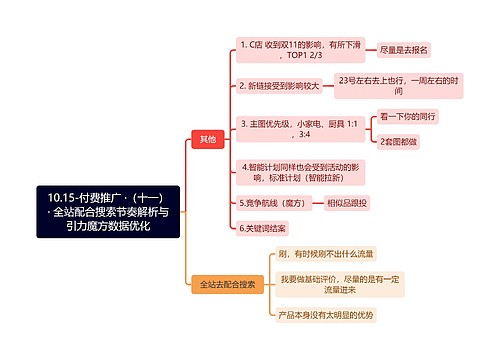
时态介绍思维导图
 U777967618
U777967618树图思维导图提供《时态介绍》在线思维导图免费制作,点击“编辑”按钮,可对《时态介绍》进行在线思维导图编辑,本思维导图属于思维导图模板主题,文件编号是:2afd76910294d6f355939784d170f8db

相似思维导图模版
首页
我的文件
我的团队
个人中心
